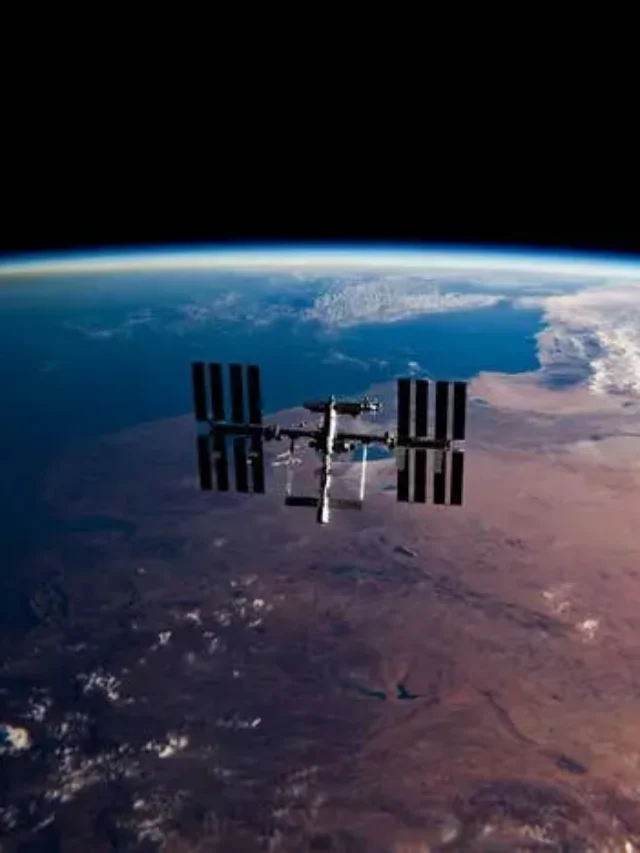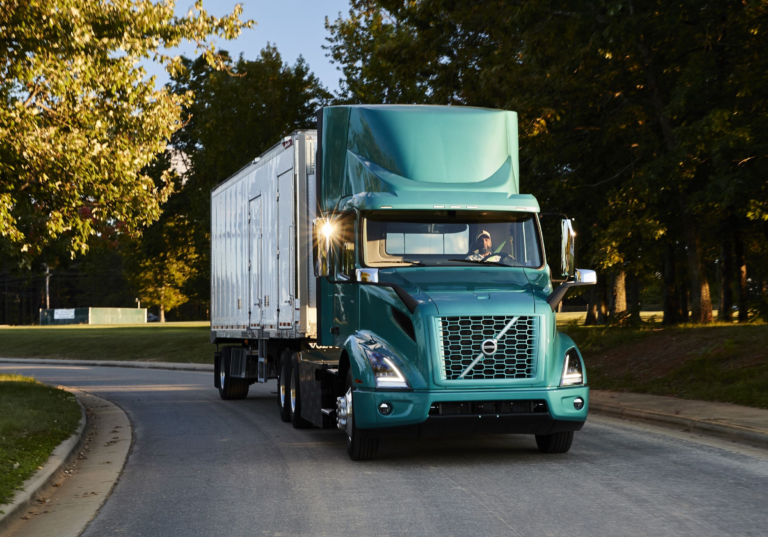NASA will pay SpaceX $843 million to dispose of the International Space Station.
Elon Musk’s company was awarded the contract to deorbit the International Space Station within the next decade safely.
In orbit of Earth since 1998, the ISS is due to come to the end of its operational life in or around 2030.
Instead of leaving it to partially burn up in Earth’s atmosphere and crash unpredictably on the surface, NASA wants a safe, controlled reentry and splash down for the structure.
ISS is Too Big To Burn?
According to the contract terms, SpaceX will develop and deliver a spacecraft called the “U.S. Deorbit Vehicle” to bring the ISS back to Earth without risk to populated areas.
The 900,000-pound (400,000 kg) ISS is one of many larger structures too massive to burn up during reentry into the Earth’s atmosphere. The USDV is expected to take several years to develop and test.
As it stands, NASA, Canada’s CSA, Japan’s JAXA and the European Space Agency have committed to operating the ISS through 2030, while Russia’s Roscosmos will use it until at least 2028.
Pacific Ocean is “Spacecraft Cemetery”
The ISS will ultimately be guided to an area of the Pacific Ocean known as the “spacecraft cemetery.”
An uninhabited area between New Zealand and South America, the ocean floor here is home to over 263 spacecraft, including many capsules, cargo craft and rockets used to reach the ISS.
“Selecting a U.S. Deorbit Vehicle for the International Space Station will help NASA and its international partners ensure a safe and responsible transition in low Earth orbit at the end of station operations,” said Ken Bowersox.
He is an associate administrator for Space Operations Mission Directorate at NASA Headquarters in Washington, D.C.
He added “This decision also supports NASA’s plans for future commercial destinations and allows for the continued use of space near Earth.”
New Generation Space Stations
The ISS costs NASA about $3.1 billion per year to run. It’s hoped that removing the ISS from low-Earth orbit will encourage the private space industry to construct orbiting space stations that both private and space agency astronauts can use on a pay-per-visit basis.
Several private space stations have been previewed in recent years, including Orbital Reef, Starlab Space, and Axiom Space’s Axion Station.



